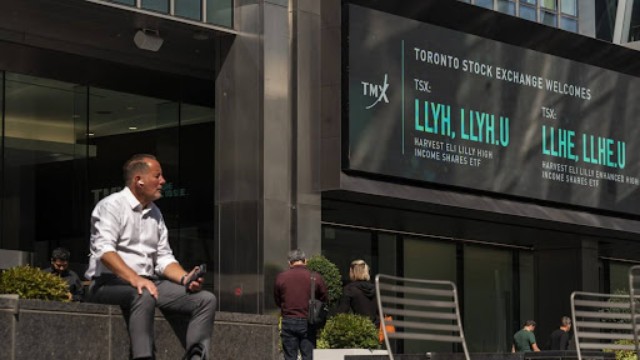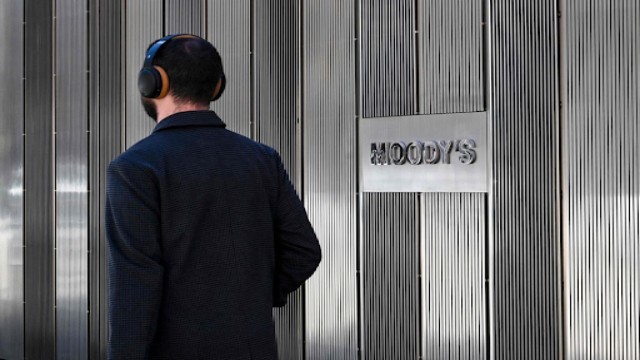
Asian markets saw gains today after China lowered interest rates to support its struggling property sector. The move by China aims to provide relief to its real estate industry, which has been facing financial challenges.
Asian markets rallied on Tuesday, with Chinese stocks leading the surge following new economic measures from China’s central bank aimed at boosting the country's sluggish economy. Hong Kong’s stock market rose by 3.6%, while the Shanghai Composite Index gained 3.4%, following the People's Bank of China's announcement of multiple steps designed to increase liquidity and spur growth.
Pan Gongsheng, the Governor of the People's Bank of China, announced that the bank reserve requirement ratio for commercial banks would be reduced by 0.5 percentage points, effectively freeing up more funds for lending purposes. Additionally, the central bank plans to reduce interest rates on loans to commercial banks and lower down payment requirements for second homes from 25% to 15%. The bank emphasized that these actions are aimed at reviving the property market and encouraging economic growth.
For investors, these initiatives were more convincing than previous cautious measures, and this newfound confidence resulted in significant gains for major property developers. Shares of Shimao Group Holdings climbed 7.6%, while Longfor Group Holdings saw a 4.6% increase.
According to Julian Evans-Pritchard of Capital Economics, these measures signal a shift toward more direct economic support but will likely need to be supplemented by additional fiscal measures to fully reverse the downward trend in growth. While these steps are promising, more robust government action is still required to see substantial improvements.
The impact of China's moves also reverberated across other Asian markets. In Japan, the Nikkei 225 index saw a rise of 0.9%, closing at 38,077.33, while South Korea’s Kospi index gained 0.8%, finishing at 2,622.13. However, Australia's S&P/ASX 200 dipped slightly, falling 0.2% to close at 8,135.50.
The optimism from Asia followed a positive day on Wall Street, where the S&P 500 rose by 0.3%, closing at 5,718.57, and the Dow Jones Industrial Average added 0.1% to reach a record high of 42,124.65. Tesla led gains in the U.S., with its stock rising 4.9%, recovering from its previous year’s losses. The stock had experienced a steep decline, losing as much as 42% earlier in the year, due to pricing cuts aimed at boosting demand.
On the other hand, Trump Media & Technology Group experienced a sharp 10.3% drop, hitting its lowest point since being listed on the Nasdaq. Investors are speculating when Trump and other insiders will start selling their shares, now that they’re no longer restricted by a previous lock-up agreement. Despite the drop, Trump has publicly stated that he doesn’t plan to sell his shares.
Reports about slowing U.S. business activity, especially in manufacturing, are raising concerns among investors. Several upcoming economic reports are expected to provide further insight into the health of the U.S. economy. In particular, the U.S. job market is now a major focus, as fears shift from inflation to employment.
Meanwhile, oil prices edged higher, with U.S. benchmark crude rising by 80 cents to $71.17 per barrel and Brent crude gaining 74 cents to reach $73.95 per barrel. In currency markets, the U.S. dollar strengthened against the Japanese yen, rising to 143.95 yen, while the euro saw a slight increase, trading at $1.1118.















